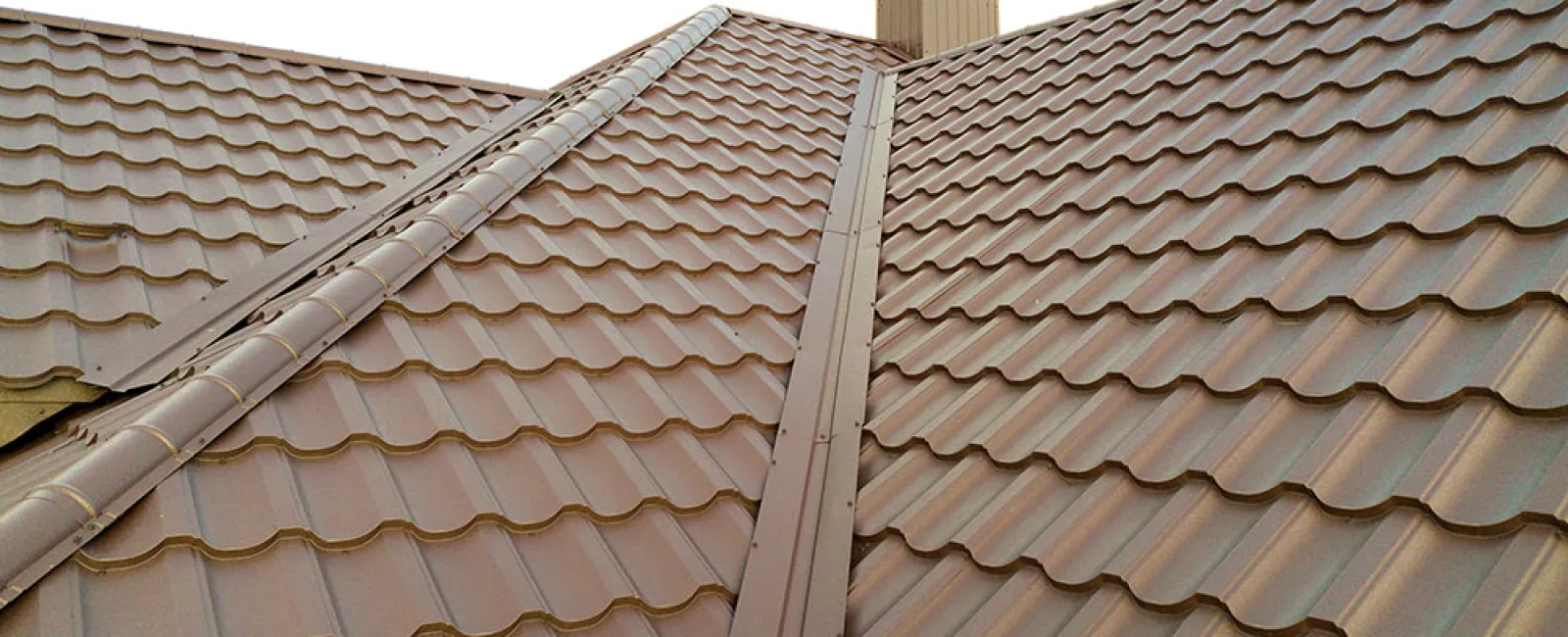Ridge caps play a crucial role in maintaining the structural integrity and longevity of your roof. If you've ever taken a moment to look at the top of a roof, you might have noticed the distinct line that runs along its peak. This is where ridge capping comes into play, ensuring that the roof not only looks complete but also functions effectively. Understanding ridge capping is essential for homeowners who want to protect their homes and avoid unnecessary repairs.

The Purpose and Function of Ridge Capping
Ridge capping serves several essential purposes for your roof. Firstly, it seals the gap between the two sloping sides of the roof, preventing rain, snow, and wind from penetrating the structure. This seal is crucial to avoid leaks and water damage inside your home. Ridge capping also enhances the roof's overall stability and strength, ensuring it can withstand adverse weather conditions.
Additionally, it provides a polished, finished look to your roof, boosting your home's curb appeal. By fitting snugly at the roof's peak, ridge capping helps maintain the roof's integrity, reducing the likelihood of damage.
Types of Ridge Capping
Ridge capping is available in various materials, each with distinct advantages to suit different roofing needs. Metal ridge capping, often made from steel, aluminum, or copper, is highly durable and can withstand harsh weather, making it a reliable choice for areas with heavy rain or snow.
Another option is shingle ridge caps. Note that these aren't the same as the regular used on your roof. They are designed to look the same to preserve the aesthetic look of your roof. However, they are thicker than regular shingles, which is important since shingles alone aren't enough to protect the peak from water damage.
Vented ridge capping is another option to explore. The vent strip, made from vinyl or metal, sits on the peak and assists with airflow from the attic.
Other options that may be available to you include wooden ridge
caps, clay and concrete tiles, and caps made from synthetic materials. It's
important to note that there are significant differences in cost, longevity,
and labor requirements for each of these options, which is why it's important
to discuss your options with a roofer.
Components of a Ridge Capping System
A ridge capping system includes several essential parts that work together to ensure your roof's peak is sealed effectively. The main part is the ridge cap, which fits neatly over the ridge line. This cap is specially designed to cover the junction where the two sloping sides of the roof meet, providing both protection and a finished look.
Before the ridge caps are installed, roofers may apply an underlayment to the ridge. This adds another layer of security against water leaks, which is beneficial in areas like New England where we see more than our fair share of snow.
Ridge caps must be properly secured to avoid leaks and breaks in
the future. Once installed, they are secured with adhesive, nails, or screws.
Finally, the roofer seals the edges with roofing cement or another form of
sealant to further secure the seams.
How Does Ridge Capping Protect Your Roof?
Ridge capping acts as a critical shield for your roof, protecting it from various weather-related threats. By sealing the peak of the roof, ridge capping stops rainwater from seeping into your home, which can prevent issues like mold, wood rot, and structural damage. It also blocks out pests such as insects and rodents, which might try to enter through exposed gaps.
In addition to its protective functions, ridge capping helps manage the natural expansion and contraction of roofing materials due to temperature changes. This flexibility minimizes the risk of cracks and other forms of damage. This not only maintains the roof's strength but also extends its lifespan, saving you from expensive repairs down the road.
In essence, ridge capping acts as the roof's frontline defense,
ensuring that your home remains dry, secure, and structurally sound. Regular
inspections and maintenance can help keep this vital component in top
condition, offering long-lasting protection for your home.
Maintenance Tips for Ridge Capping
Maintaining your ridge capping is essential to keep your roof in good shape and to avoid costly repairs. Start by regularly inspecting the ridge capping for any signs of damage like cracks, chips, or sections that seem loose or out of place. Catching these issues early can prevent them from becoming bigger problems down the line.
Cleaning the ridge capping is another important step. Over time, debris, moss, and algae can build up, which might compromise its effectiveness. Use a soft brush and a mild cleaning solution to gently remove any buildup.
While you may choose to do a preliminary visual inspection of your roof on your own, consider having a roofer address any potential issues or red flags you spot during an inspection. Roofing experts can not only assess the condition of your ridge capping but also provide any necessary repairs or replacements, ensuring the job is done correctly.
Regular maintenance might seem like a chore, but it's a small effort that can save you a lot of hassle and money in the long run. Keeping your ridge capping in top condition ensures your roof stays strong and durable, protecting your home from the elements.
The team at Master Roofers is here to answer your ridge cap questions and keep your roof dry, free of leaks, and stable for decades to come. If you're in New Hampshire, Southern Maine, or the North Shore of Massachusetts, call us at (603) 623-4973 or fill out our online contact form to get a quote.
Want to learn more about your roof? Check out the
table of contents to learn more about the anatomy of your roof.

